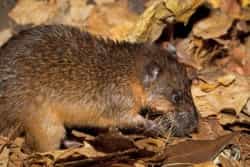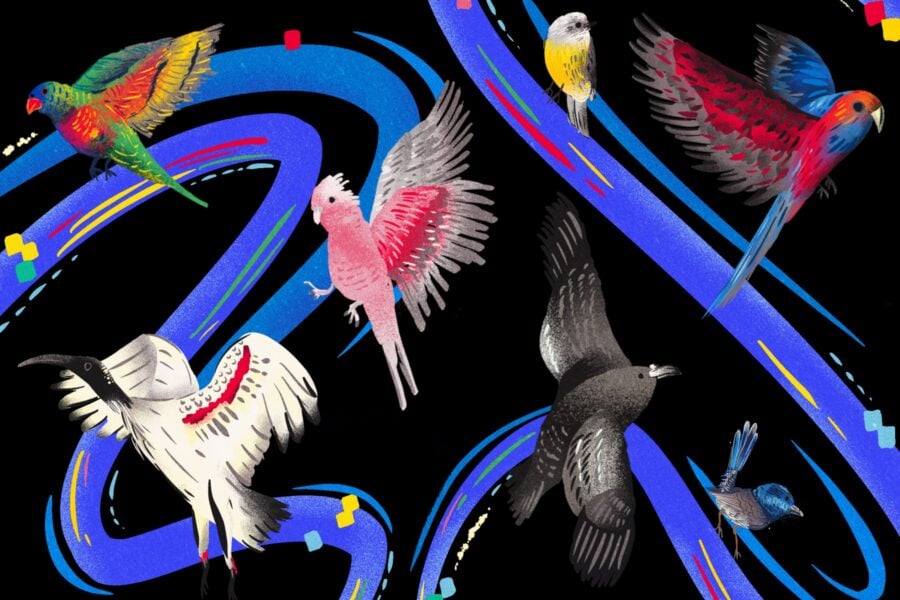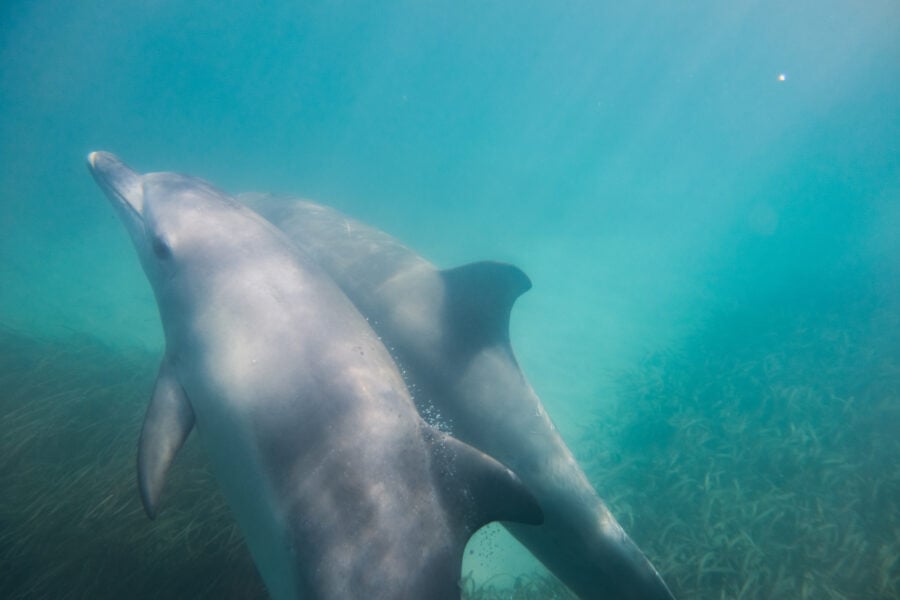Fight to the death: image of platypus and rakali stoush shocks and surprises
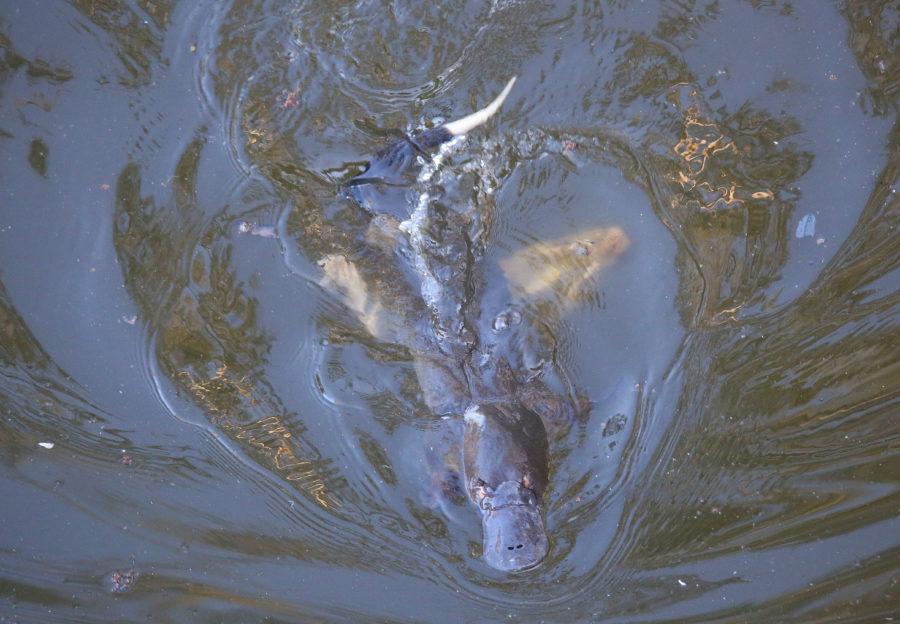
AN ALTERCATION between a rakali and a platypus, which ended badly for the rakali, may be the first time such an interaction has been recorded.
Ann Killeen was spending some time around Sunday Creek, Wahgunyah in north-east Victoria when she heard a loud shriek.
“The rakali was at the wrong place at the wrong time…a vigorous tussle ensued between the two lasting around 20 minutes,” says Ann.
The stoush occurred just outside the entrance to a burrow that, based on Ann’s previous observations, housed both species on different occasions.
Ann says the rakali pursued the platypus, which was doing its best to escape the situation. But the rakali had started a fight it couldn’t quite finish.
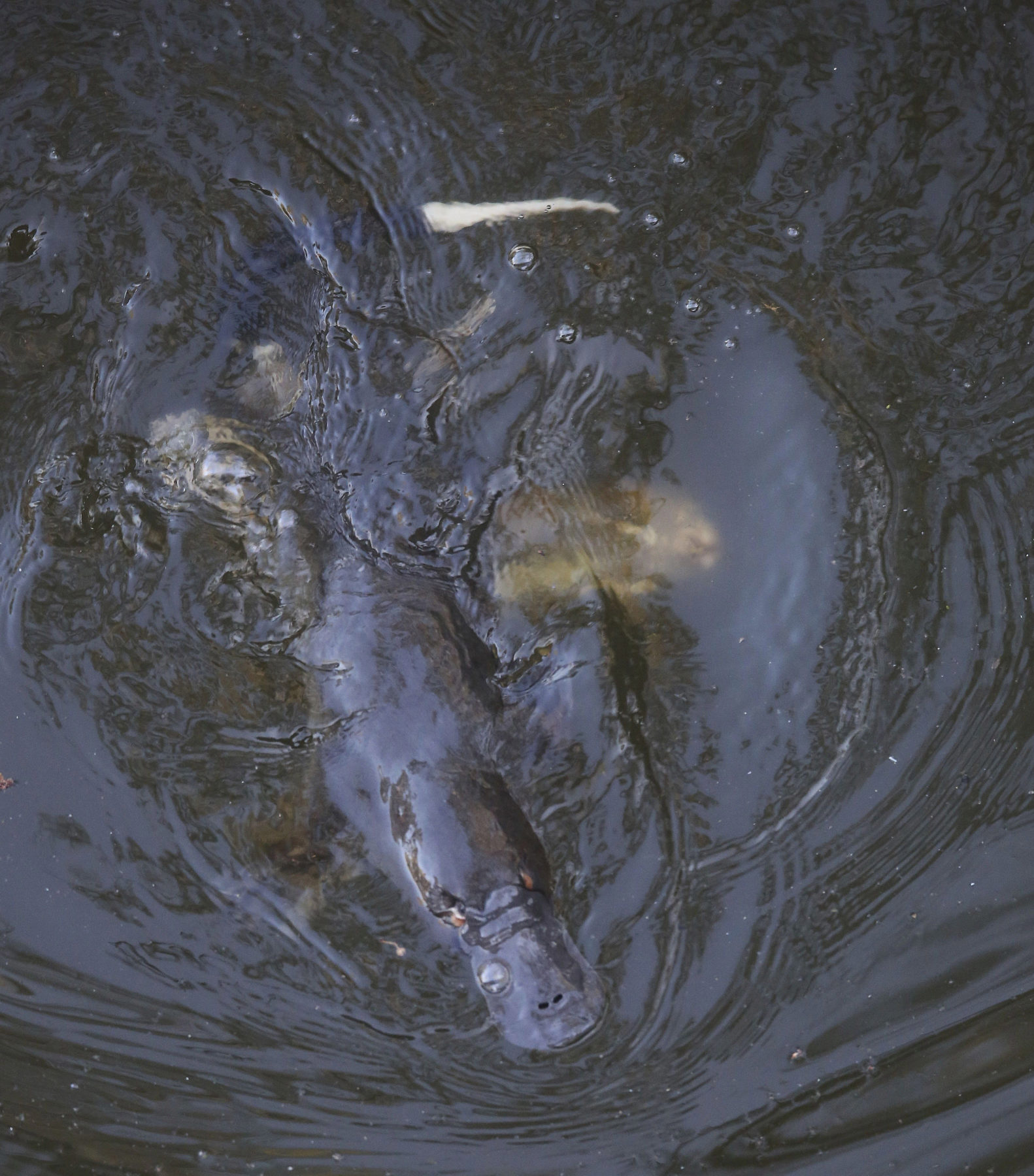
Ultimately, the platypus won, trapping the rakali underwater for 10 minutes, after which it ceased to struggle and died. The platypus then returned to the burrow.
Ann initially believed that the platypus may have used its venomous spur to kill the rakali, but closer observations suggested that the platypus was in fact a female, not a male.
According to the Australian Platypus Conservancy (APC), it’s likely that the female platypus managed to drown the rakali by holding it under water while squeezing its midsection forcefully and clutching it with its hind legs.
APC says that this is the first time this sort of interaction has been documented, as far as they’re aware.
Rakalis and platypuses are known to favour the same kind of habitat.
“It is documented that burrows have been used by both platypuses and rakali, but not at the same time,” says Australia’s preeminent platypus expert Tom Grant.
Tom says that when platypuses were first introduced into Warrawong Sanctuary in the Adelaide Hills in the late 1980s, they found a couple of female platypuses with bites on their hind feet and tails.
“In fact one had one hind foot almost reduced to a stump,” says Tom. “There were only two males in the system but neither of those showed any bite marks.
“There were rakali in the ponds at the time but when, on our advice the rakalis were removed, we no longer found any evidence of bites on the platypuses.”
Back in the 1970s, Tom says a brief observational study in Clouds Creek in the northern tablelands of NSW suggested that the two species did not often overlap in distribution. However, he says he has found cohabitation between platypuses and rakali in several of the sites.
“I have worked in a few rivers – usually fewer rakali than platypuses – maybe that is because the platypuses were killing rakali, but I suspect not.”
The rakali, unlike the platypus, takes on large prey such as fish, ducks and has even been observed attacking swans.
When seeking out any previous accounts of a similar altercation, the APC came across naturalists David Fleay who in 1948 wrote: “I have a pretty firm impression, though no actual proof, that Water Rats account for the odd baby Platypus.”
You can log your rakali sightings here.
